From carved wood and stone sculptures to architectural geometric patterns, Dongfeng is going all in on traditional Chinese design cues for its Mengshi brand
Chinese car design is really starting to find its groove, but with so many brands hitting the domestic market it can be a challenge to differentiate from the competition. At the same time, these models must go up against foreign brands which in some cases may be more established.
At Dongfeng’s Shanghai Design Centre, the team has investigated how elements of Chinese culture can help to create more of a unique, distinctive design language for its Mengshi brand. In particular, the design aesthetics have been derived from the oriental lion, a cornerstone of Chinese culture for more than 2000 years and seen as a means to ward off evil and safeguard the peace of a region. Building on the theme of a stone lion, the exterior design team has also drawn inspiration from the art of hand carved stone and wood sculptures.
Yongliang Zhang, Director of Dongfeng Design Center and Head of Dongfeng Shanghai Design Center, explains that the inspiration behind this oriental design language originated a few years ago during a trip to Xi’an – one of the oldest surviving ancient cities in China.

He recalls being “awed by the mighty guardian atmosphere of Terra-Cotta Warriors, with detailed carvings that are vivid and lifelike.” It was here that it became clear how traditional design concepts and elements in China have not yet been explored, and that “the spirit of Chinese-style carving craftsmanship can be involved in the automotive field.”
Subsequent visits to traditional Chinese gardens and buildings, where stone lions can be seen all around, also left a deep impression and informed the creative phase of the exterior design of the Mengshi project.
“The team cleverly integrated the Chinese carving techniques of terracotta warriors and stone lions,” says Zhang, “showcasing the brand’s hardcore electric off-road positioning – the image of an outdoor guardian.”
While satisfying emotions, the first thing we consider is the consumer’s pursuit of functions and experiences
Indeed, this can be seen clearly with the M-Terrain concept, a stout and aggressively-styled SUV that adopts the smooth lines of a stone lion and, from the side, aims to replicate the stance of the animal as it prowls. The side fender in particular brings muscularity, while the front end is designed to look “solemn and powerful.” This has been achieved through the three-dimensional cross headlamp (repeated at the rear) which combines vertical and horizonal slashes of LED light. Geometric latticework can be seen elsewhere on the body, inspired by the hand-carved window coverings seen in traditional Chinese architecture.
Stone carving served as more than metaphorical inspiration, as members of the team tried their hand at traditional carving methods themselves. “In the small-scale model stage, the designer tried to use rough stone carving techniques to outline the model, which was not as easy as imagined,” explains Zhang. “Within the first few strokes of carving, it became clear that capturing the appearance of a warrior requires rethinking and reworking many times. The designer even visited many stone carving artists to learn the essence of carving shapes.”
During the development process of the Mengshi, a clay model was set up at Wuhan Technical Center, and in the 1:1 model stage much more modern techniques were employed, including a five-axis milling machine to deliver the designer’s vision as accurately as possible.
Two versions of the M-Terrain have been shown by the M-brand: the five-door M-Terrain and two-door ‘S’ version, which is specifically designed for younger off-road enthusiasts. Key differences include more aggressive, flared arches and fenders, additional exterior lights (including a roof-mounted array of spotlights) – and dark green paintwork. “The hardcore design language helps us stand out among more generic design languages,” says Zhang, “and the brand positioning is that the M brand is the ultimate off-road vehicle, advocating for a ‘fearlessness and conqueror spirit’ which undoubtedly coincides with our Heroic Spirit design language.”
Many cars these days are designed with aerodynamics as a priority, resulting in smooth, sleek exteriors that help to extend driving range. While the hard lines of the M-brand help it to stand out, this was not done in a way that sacrifices performance.
“This does not mean that we will give up the aerodynamics,” explains Zhang. “The mass-produced version of the Mengshi fully considers the trend of the times and specific off-road scenarios, pursuing the hard feeling and the ultimate balance of aerodynamic design. While satisfying emotions, the first thing we consider is the consumer’s pursuit of functions and experiences.”
At this point it is clear how these various design cues help to separate the Mengshi brand from its competitors – both domestic and abroad – by drawing on heritage that is unique to this part of the world.
The oriental “Heroic Spirit” design language made its debut on the recently revealed Mengshi concept car, and Zhang explains that this approach will carry over to forthcoming models from the M brand – including the mass-produced version of the M917 SUV. “At the same time,” he concludes, “we will cater to the development and needs of the times, and interpret the fresh design language in a more futuristic way.”










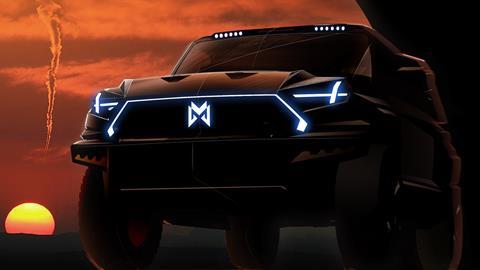
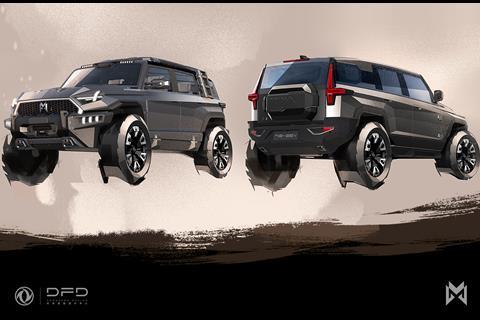



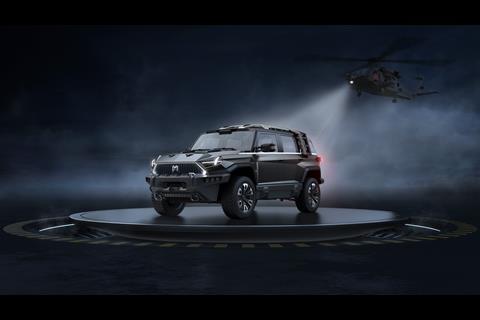
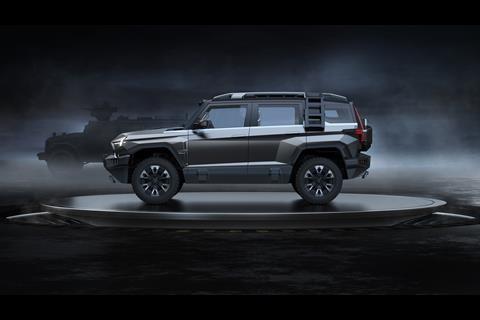
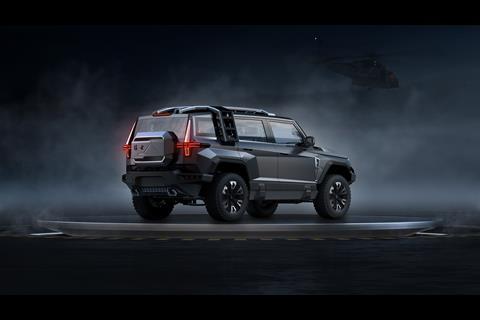
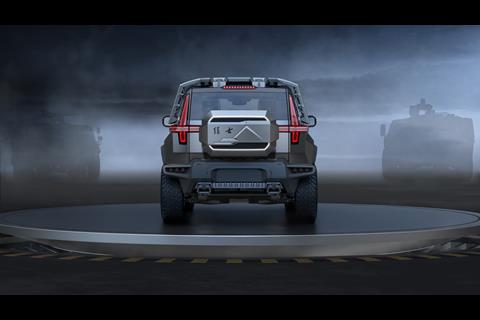
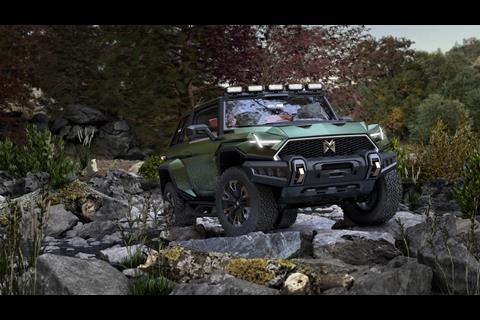
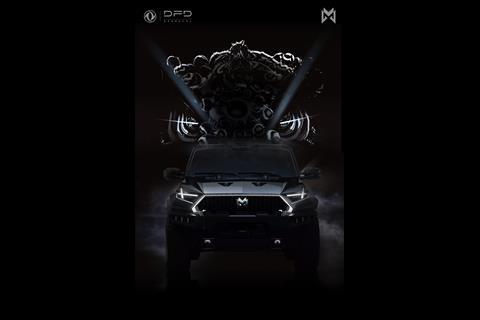

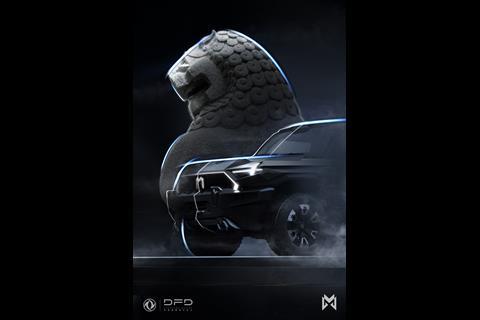
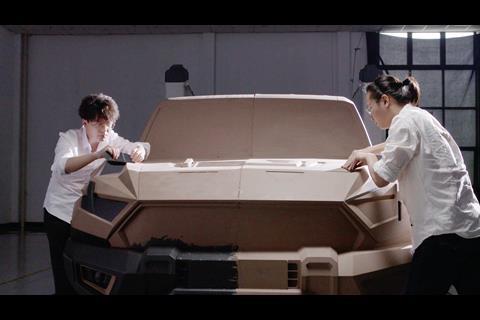
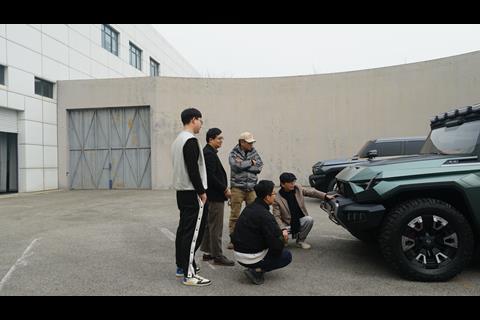
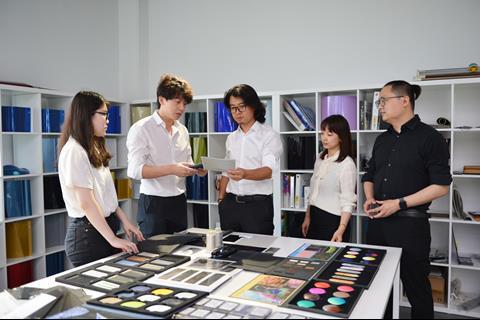
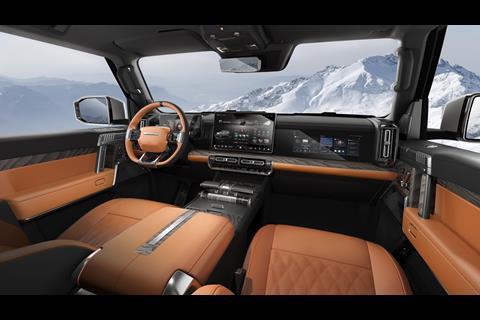
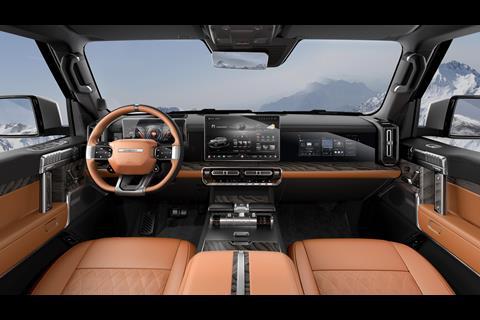
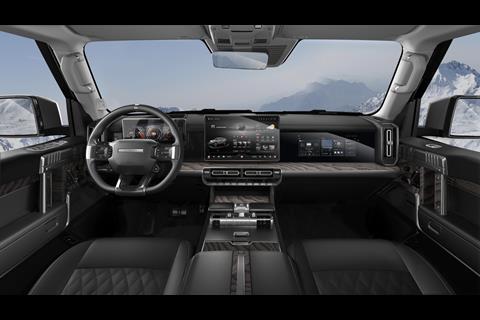
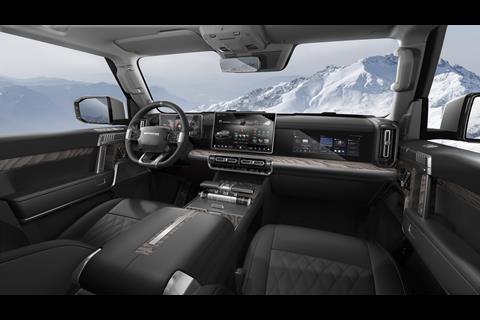
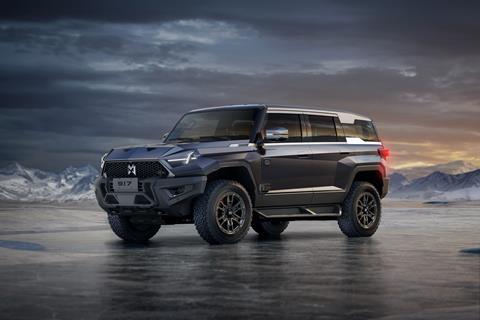
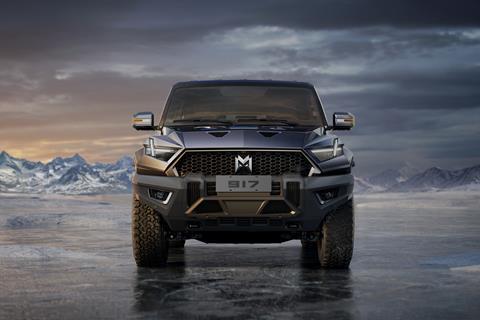
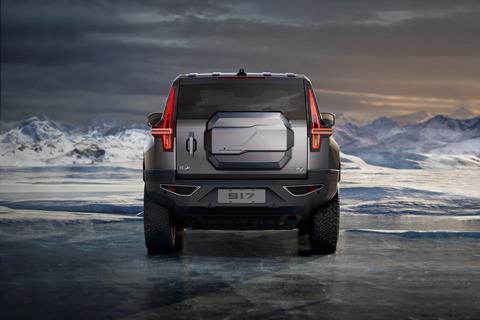
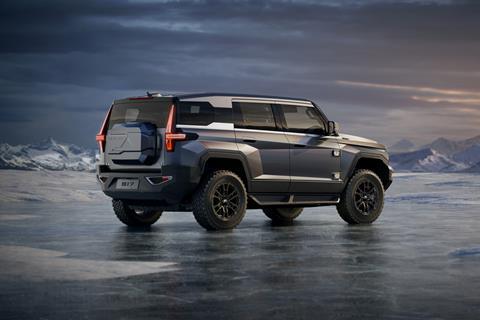
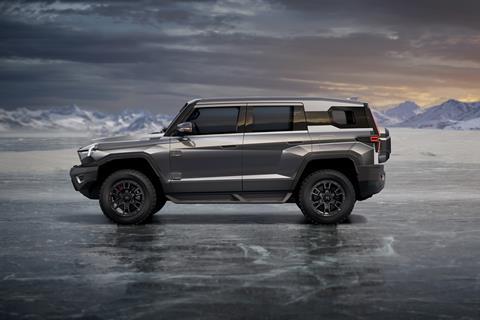

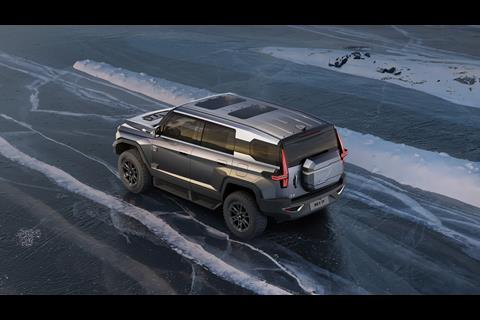
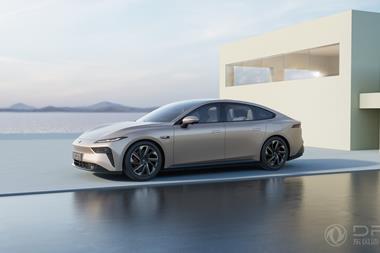
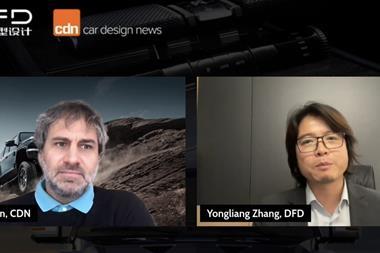
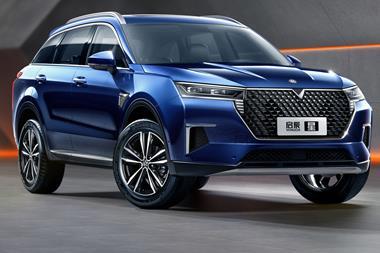

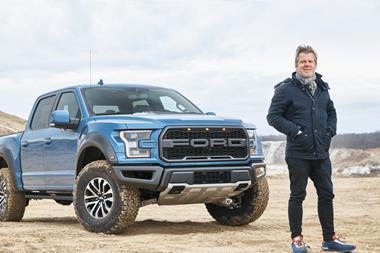




1 Reader's comment